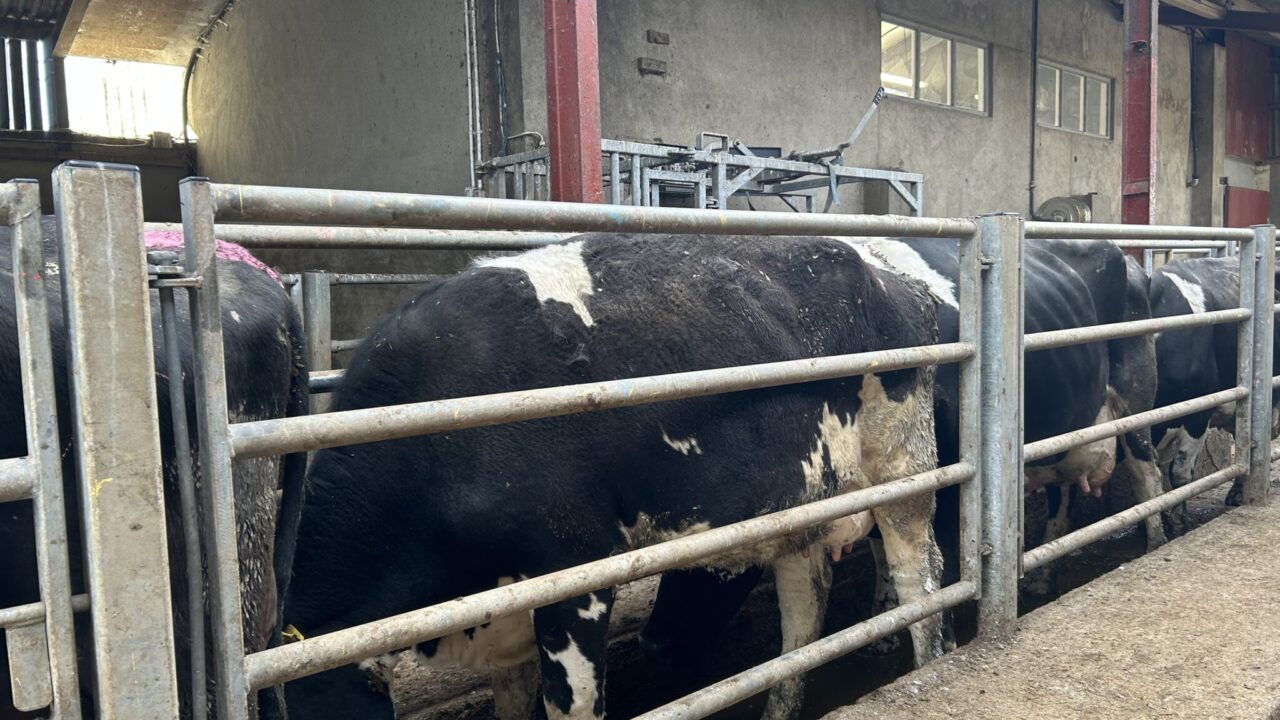As farmers prepare to bring the herd in for winter, they must be assessing their parasite control plan and dosing animals accordingly.
The main parasites farmers will be targeting at this time of the year will be lungworms, stomach worms, and liver fluke, as well as external parasites, such as biting and sucking lice and mites.
Cattle do not typically pick up new infections such as worms or fluke during the housed period; however, they may be harbouring infections from the grazing season.
This means a good dosing strategy at housing is essential to try and keep the herd virtually infection-free for the winter.
As cows have a level of resistance to lung and stomach worms, farmers are often advised to collect dung samples to check if their summer dosing regime and parasite control has been effective, and then treat whichever animals may need it.
On the other hand, young cattle such as weanlings and young heifers will not yet have built up a sufficient resistance levels, therefore they should be a farm’s priority in terms of animals that need to be treated.
Dosing is a cost to the system, but the benefits of a good dosing programme far outweigh those costs when matters such as animal performance are considered.
Dosing
Farmers must be relatively aware of what development stage the parasite is in to target it effectively, ensuring that eggs, larvae, and adult worms are controlled.
For example, all cattle should ideally be treated for liver fluke before being housed, but the different stages of the fluke will require different products.
Fluke begins as early immature fluke between weeks one to five, then immature fluke occurs between weeks six and 11, followed by mature fluke which appears after week 12.
A lot of flukicides only treat mature fluke. While products that are triclabendazole-based can kill all stages of fluke, they can be more prone to anthelmintic resistance.
If liver fluke is present, it will reduce the liver’s functionality, which will result in reduced production as well as reduced efficacy of vaccinations.
Farmers must ensure cattle are getting dosed relative to their weight, as under-dosing or over-dosing may result in lowered effectiveness.
Before applying a product, always check the withdrawal period for finishing cattle or for dairy cows.
External parasites
Lice and mites also need to be well watched and controlled at this time of the year, as with dropping temperatures, cattle’s winter coats become a flourishing environment for the parasites.
Cattle with lice will show symptoms such as constant scratching and hair loss, as biting lice feed on the animal’s skin and hair and suckling lice burrow into the skin and feed on bone.
Most farmers treat the herd with either a pour-on or spot-on product. However, clear drenchs containing ivermectin can also be used via pour-on or down the throat.
Heavy infestations will typically require re-treatment after three to four weeks, as the treatment will not have killed off any eggs.

